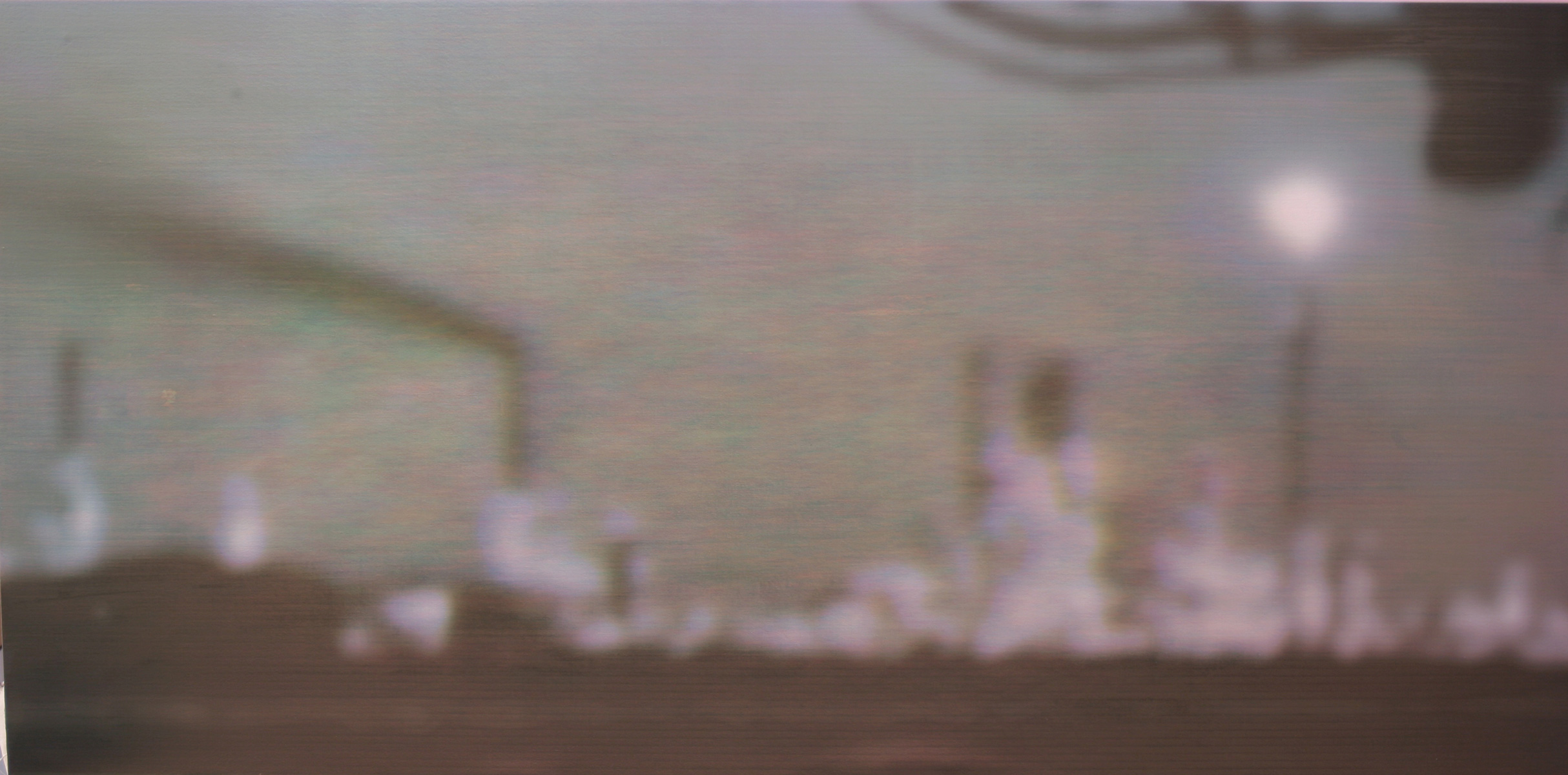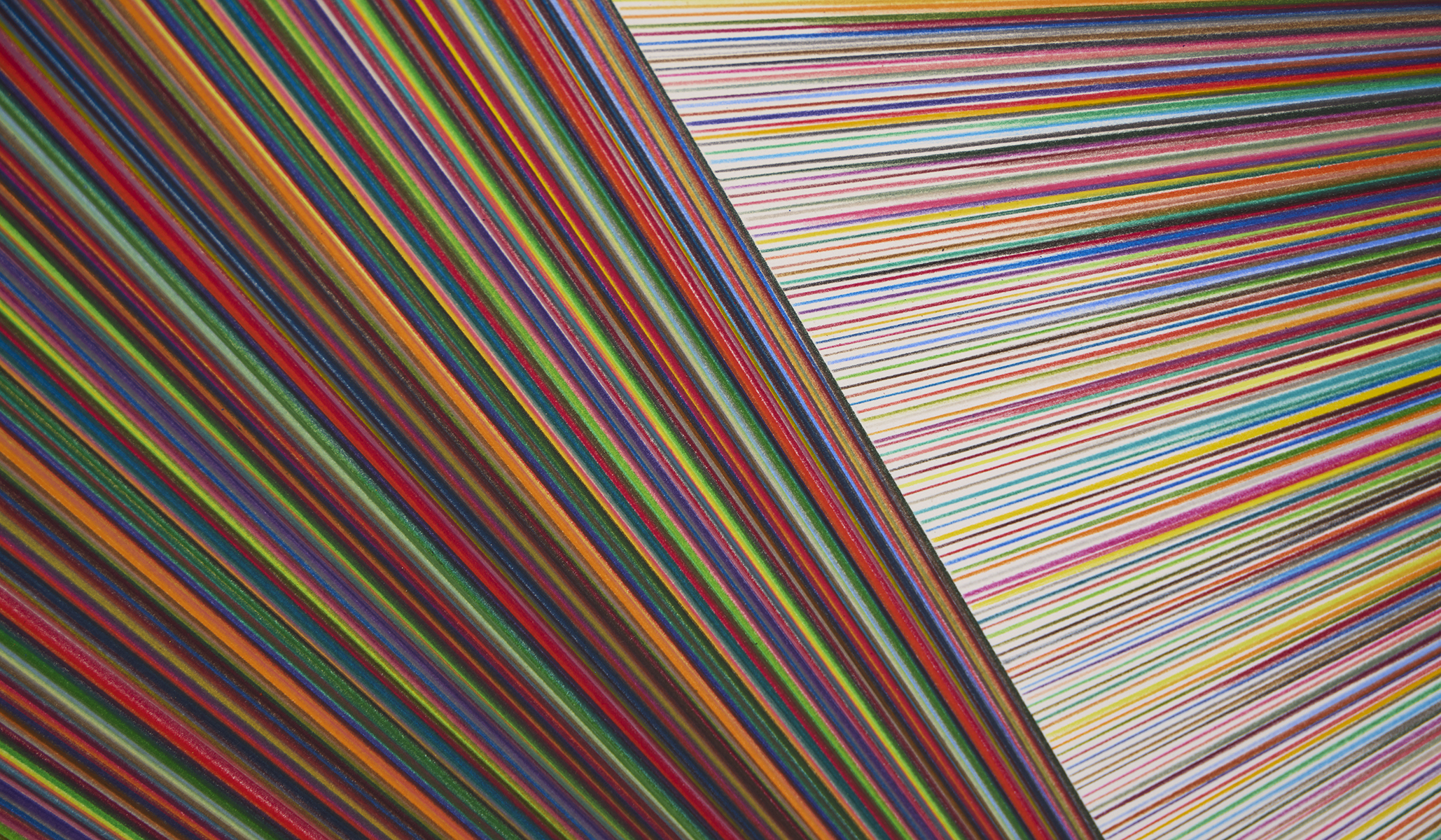Exhibition
Gary Smith morphs the ‘Bauhaus’ bulk of industrial buildings into constructions that have an innate architectural and poetic allure and grandeur that transcends their industrial austerity and functional intention.
On his canvases they are infused with a splendour, opulence, dignity, stateliness, and majestic sumptuousness beyond their original status. The work-a-day grunge of refineries, distilleries, bridges, oilrigs, silos and storage tanks is disguised and imbued with a romantic vision and disguise. These industrial entities hover on the edge of recognition. Rows of silos appear as colonnades in a vast cathedral. Storage tanks masquerade as mystic spheres of possibility; as orbs, globes and shrines or pavilions of desire. At night, a power plant takes on the form, shimmer, and Antebellum glamour of a Mississippi River Boat. Arcing bridge supports emulate imposing gateways. Mooring buoys for tethering Corio Bay tugboats become commanding, silent, eternal, sentinel deities or conjure the misty reaches of a Venetian lagoon.
Each painting comprises and incorporates a range of mixed media and each work can entail from twelve to twenty-four applications of paint which is applied in alternate layers to the canvas. The final surface of the painting is achieved through constructing the picture using traditional glaze painting techniques hence the slow build up of layers to result in a shimmering hovering image. This is initially created with large amounts of pearlescent glazes which help suspend the pigments and paint.
Gary Smith’s technique has grown from an earlier series of ‘evocations of atmosphere’, that he developed from tiny fragments from the skies of nineteenth century romantic landscapes and his explorations of Western landscape painting and its relationship to Japanese scroll painting. Despite its underlying industrial imagery, this body of work is still aligned with his reductive approach to landscape and retains the stillness and Oriental ‘sensibility’ and silkiness of surface that is distinctive of his oeuvre.



